"We want to reach 100% detection so sorting can eventually be done with zero personnel," says Roland Scheffer of Ellips, which focuses on optimizing sorting processes. He and his colleagues, Jody Bakker, Mitchel Bakker, and Adriaan Vet, say Ellips have recently taken the next step in that process. It has introduced a new deep learning module, TrueAI, which is part of its new TrueSort 2 software platform.
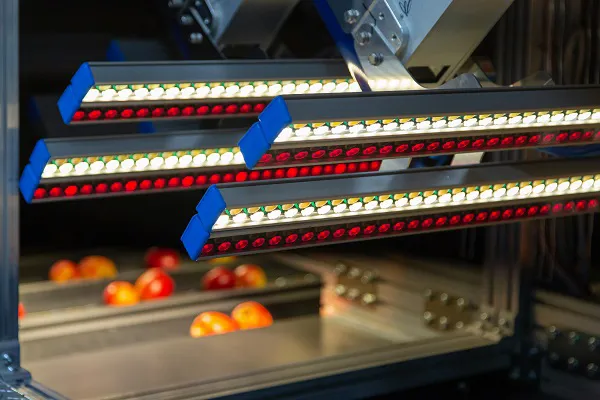
With TrueAI, Ellips ensures you can find those 'last-mile' defects. "Existing technology struggles to determine specific last-mile defects. Those can take so many forms, making it extremely difficult to model and calculate all those combinations. Our new software can detect those last-mile defects because we used vast amounts of data, combined with operators and quality inspectors' expertise, to train it."
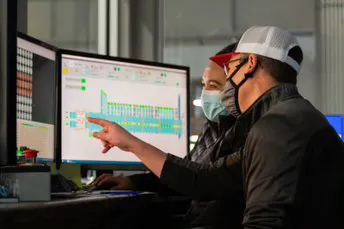
This development was no mean feat, admits Mitchel. "It was challenging to optimize the system using large amounts of data; the more the system has access to, the better it can detect specific defects. We could do that because we have a vast global customer base and have collected data across different seasons and conditions. That allows us to take the accuracy of detecting those hard-to-find defects to the next level."
Hard to find
An example of such a hard-to-find defect is tiny cracks that products like apples can develop around their stalks. "Those cracks can be all sorts of sizes and colours, depending on whether it has just appeared or has been there for a while. Also, the stalks always get in the way, casting shadows. You have to pinpoint the stalk area with the camera for a few moments to see if there are any defects. That's very hard to do. But our technology can do it. Operators used to have to set all kinds of parameters. But because the defect can look so different, it was very tough for a human to accurately set those parameters," Mitchel explains.
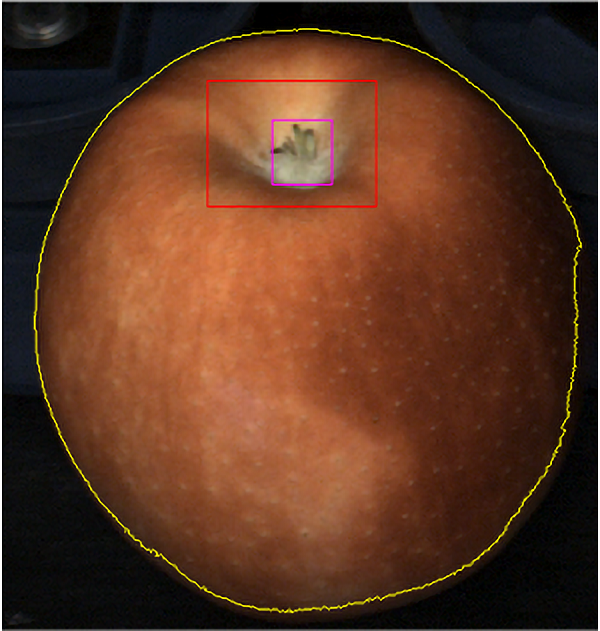
Software and operators working together
Using Artificial Intelligence (AI) in the sorting process improves reliability and requires less staff. That, nonetheless, does not negate the operator's role. "This person controls the quality being sorted. The only difference is that now the system, not the operator, sets the parameters," he says. "You want the best of both worlds: an operator who has knowledge of the product and the way in which parameters must be set, combined with our powerful new toolkit," adds Jody. For instance, she points out, there may be times when the software has 'doubts' about a defect; the operator would then make the final quality assessment.
New generation of sorting systems
"This is the future. This technology will become the new norm," says Mitchel. This deep learning software is currently being used on apples and dates, and developments are underway for expansion to other products such as onions, cherries, and blueberries. Ellips has also spent the last few years preparing to use the TrueAI module to expand its existing systems.
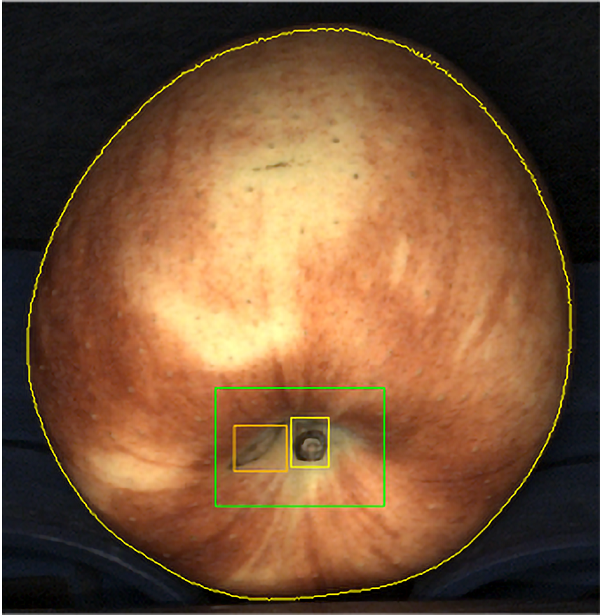
Overview
Along with the quality sorting improvements, the software platform got a make-over under the name, TrueSort 2. This new platform lets users do things like add the sorting process' data to their ERP system. There are also new functionalities such as dashboards that give operators, managers, and customers quality information about the products. "You can, for instance, see how many defective fruits there are per batch," says Jody.
"Or how much is lost, or the difference in the various grades." Clients increasingly want different readings, adds Roland, which, in turn, means the screen includes more measurements. That does not do the overview and ease of use any good. "TrueSort 2 lets you minimize the data by grouping it in a more logical form. That helps keep things simple," he says.
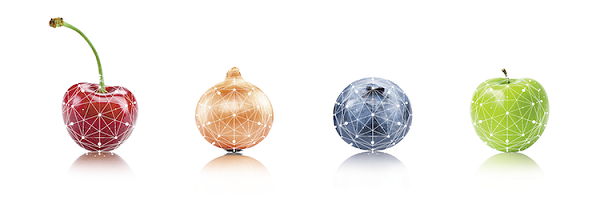
Control
If they want to, users can select something from the data and define products by grouping their classes. They can then also sort directly according to (super)market requirements. "Pack2Spec allows supermarket demand to be met upon exit. As we manage to sort more and more accurately, we can also properly control what the market accepts," says Roland. "That means optimizing customer yields and helping prevent food waste."
US-based apple grower, Starr Ranch Growers, uses this system. Mitchel says they have a 12-lane apple sorting line with 60 product exits, making sorting out in different grades important. "Our system gives them the flexibility to work with all those packaging and quality requirements in a single software platform, in an organized fashion," he concludes.
Mitchel Bakker
mitchel.bakker@ellips.com
Ellips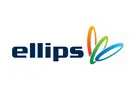 Esp 300
Esp 300
5633 AE Eindhoven
Tel: +31 (0)40 245 6540
info@ellips.com
www.ellips.com
